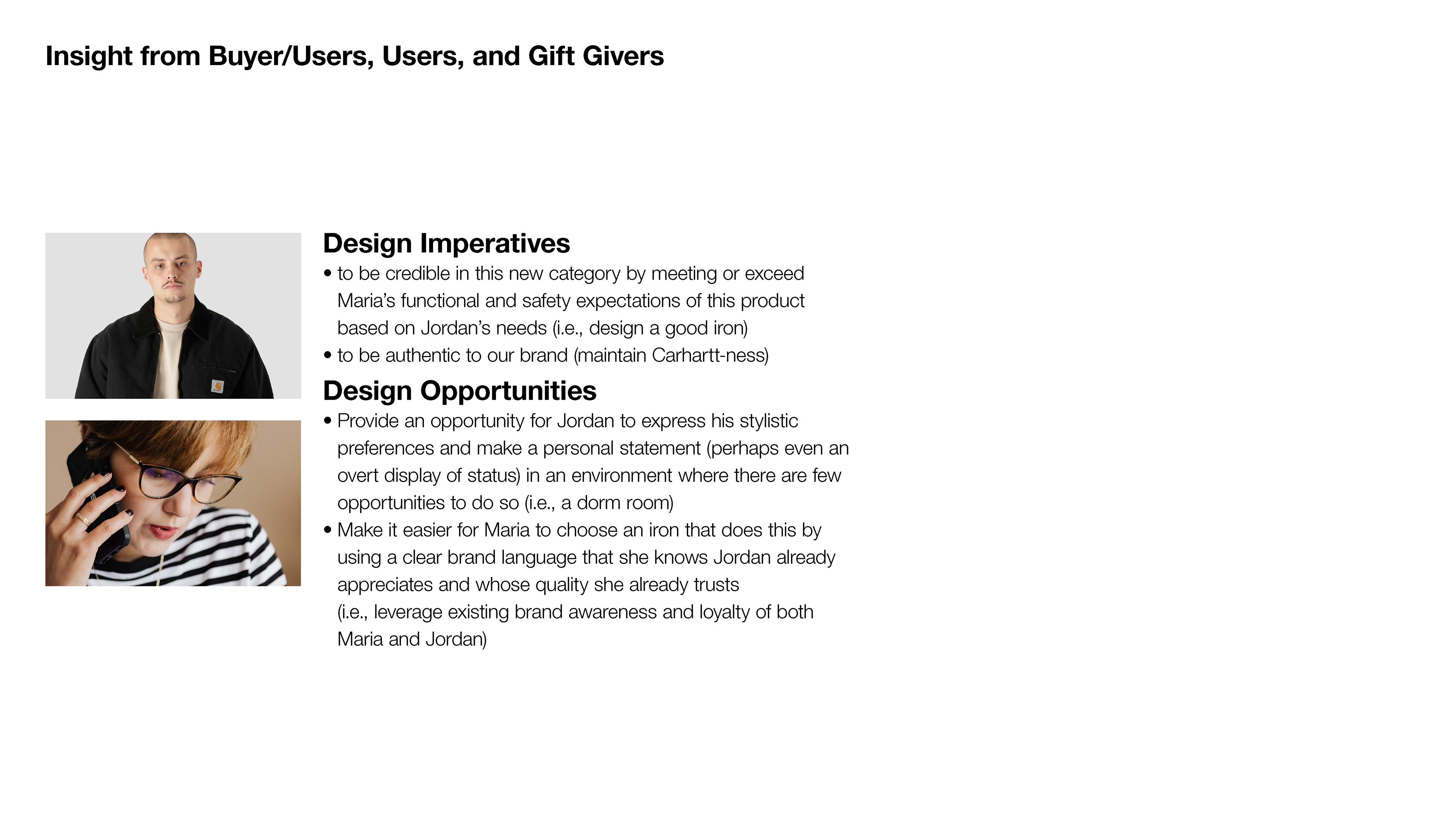Project 1 Handheld Appliance
You are tasked with designing either a clothes iron or a hairdryer for a college student. Your design must adhere to the visual and formal language that is defined by an existing brand.
Market Analysis
Individually, in small groups, and as an entire class we will perform market analyses for irons and hairdryers.
User Analysis
Individually, in small groups, and as an entire class we will also perform user analyses. We will consider the primary user and the primary purchaser of the product. This semester we will also be developing more detailed conceptual diagram of user types called “personas.”
Brand Analysis
This semester we are also going to research specific brands (aka perform a brand analysis). Individually, in small groups, and as an entire class we will analyze five brands with strong visual and formal languages.
Form Exploration and Development
You will explore, develop, and refine the form of your product based on market opportunities, user needs and preferences, and the existing brand. Our goal at this stage of your design education is to focus on leveraging an existing brand’s appeal into a new market while still designing to meet market opportunities and user needs. You will prepare a presentation quality model as the final output of this process. Your model will be made primarily of polyurethane foam but other materials may be used if appropriate. Your model should appear to be real including color, material indications, and finish.
Steps
Perform a market analysis. Share and glean insights from peers
Perform a user analysis through online research, interviews and observation. You will communicate the roles, behavior, and preferences of all users though rich archetypal diagrams called personas. Share and glean insights from peers.
Perform a brand analysis. Analyze existing designs produced by the brand to identify markers of its visual and formal language.
Begin form exploration based on functional requirements and the brand’s formal language. Make sure to be mindful of affordances and enhance communication with signifiers.
Share your designs with peers and use them to help test your design’s form, usability, and visual appeal.
Refine your design based on peer and instructor feedback
Document your design development and summarize it into a digital presentation for the class and external reviewers
Deliverables
Documentation of market, user, and brand analyses
Documentation of all ideation
1:1 scale presentation model finished to indicate CMF.
Dimensioned line drawings (top, front, side)
Presentation quality rendering(s) of the proposed design that includes CMF (colors, materials, and finishes) including additional colorways.
Process book of all of the above items and a reflection essay.
5 minute pitch summarizing the market opportunity, brand identifiers, your design development, and the proposed design
Interview Topics for User Analysis
Demographics:
Age, gender, location, occupation, education level, and other relevant demographic details provide a basic understanding of the user’s background.
Brand Affinity:
Determine the user’s affinity towards certain brands or products. This can influence design decisions related to branding, aesthetics, and messaging.
Goals and Objectives:
Identify the primary goals and objectives the user aims to achieve through interaction with the product. What are they trying to accomplish?
Needs and Frustrations:
Understand the user’s requirements and challenges. What are their pain points, frustrations, or areas where they need improvement?
Behaviors and Usage Patterns:
Explore how the user interacts with similar products or services. What are their habits, preferences, and typical usage patterns?
Motivations and Preferences:
Uncover the underlying motivations that drive the user’s actions. What are their desires, aspirations, or reasons for using the product?
Environment:
Consider the context in which the user will interact with the product. Are there specific environmental factors that may influence their experience?
Values and Attitudes:Explore the user’s values, beliefs, and attitudes. Understanding these factors helps in creating a product that aligns with the user’s worldview.
Social Context:
Consider the user’s social environment, including family, friends, and professional networks. This provides insights into potential influencers or collaborative aspects.
Accessibility Requirements:
Identify any specific accessibility needs or requirements that the user may have. This ensures that the product is inclusive and caters to a diverse audience.
Communication Preferences:
Understand how the user prefers to receive information and communicate. This includes preferred channels, language, and communication styles.
Media Consumption Habits:
Identify the sources of information the user relies on and their media consumption habits. This can inform marketing and communication strategies.
Product Analysis
Context (including function)
Where is the product found? Where do you use this product? When do you use this product? What does it do? (primary function, secondary function?) What is it used for? How do you use it? Is its use intuitive? What affordances, signifiers, and feedback do you observe? What is its relative cost?
Formal Qualities
Describe the product’s form. What other existing forms (or processes) are similar to your product? Analyze the form. (Include overall dimension information)
Precedents and Analogs
What are some direct competitors? What are some alternative products (including using a different product or process to achieve a similar result)? What are their main differences? (materials, form, cost…)
Materials and Processes
What materials is the product made from? What methods were used to manufacture it? What color/finishing are used on this product? Subjective perspective: How does the material(s) feel? Why do you think those materials were chosen?
Environmental Impact
What impact do the materials have on the environment? What impact does the manufacturing process have on the environment? What impact does the use of the object have on the environment? Can it be reused? Recycled? Is it biodegradable?
Strengths / Weaknesses
What are the strengths of the design? What are the weaknesses? You should consider formal, functional, economic, and environmental aspects (as identified above).
Opportunities (problems worth solving)
What opportunities exist to improve the product without undermining the success of the current design?
Brand Analysis
Brand Identifiers (overt)
Names (official and nickname), slogans, naming conventions, trademarks (wordmark, logomark, both?), Official CMF (e.g. orange for Home Depot), and other elements that identify the brand.
Brand Personality
What is the primary feeling (aesthetic) the brand presents? What is its perceived aesthetic? Do they match? Do they adhere to a historical style? How prominent are the brand identifiers (how "big" is the logo)?
Visual and Formal Language (implied)
What is the line/form quality (organic, geometric, somewhere in between)? Edge detailing (crisp, soft, subtle, obvious)? Detailing (minimal, maximal, tech, natural, high-contrast? low-contrast, etc)? CMF tendencies (e.g. Apple tends to use white/black/gray and matte aluminum, but has/does use colors and other materials and finishes)? How are hardware/fasteners treated? (dramatic, subtle, identifiable on every product, hidden, etc)?
Brand Equity
How recognized is the brand (Household name, Niche, "Off-brand", Startup, etc)? What is the brand trajectory (up, down, revival, slump)? How loyal are its customers? Does it have an iconic product? If so, what is it (e.g., Emeco is primarily known for the original 1006 "Navy" chair)?
Brand Positioning
What is the brand’s unique selling point (describe in 3 to 9 words)? What is their perceived quality level (economy, middle of the road, best of breed, etc)? Who is(are) their target audience(s)?
Competitors and Companions
What are some other brands that a similar to this brand? How are they similar? How are they different? Are they competitors or companions? Why? (i.e., Do they have the same audience? Or... Do they produce the same or coordinating products? Or... Do they have a similar approach to social responsibility, customer service, ethics, etc? All of the above?)
Communication Strategy
How does the brand communicate with its audience? Are those channels consistent with where their audience congregates? What do the ads, insta, web presence, PR, etc look/sound like? Is its messaging consistent with the perceived aesthetic?
Personas Lecture

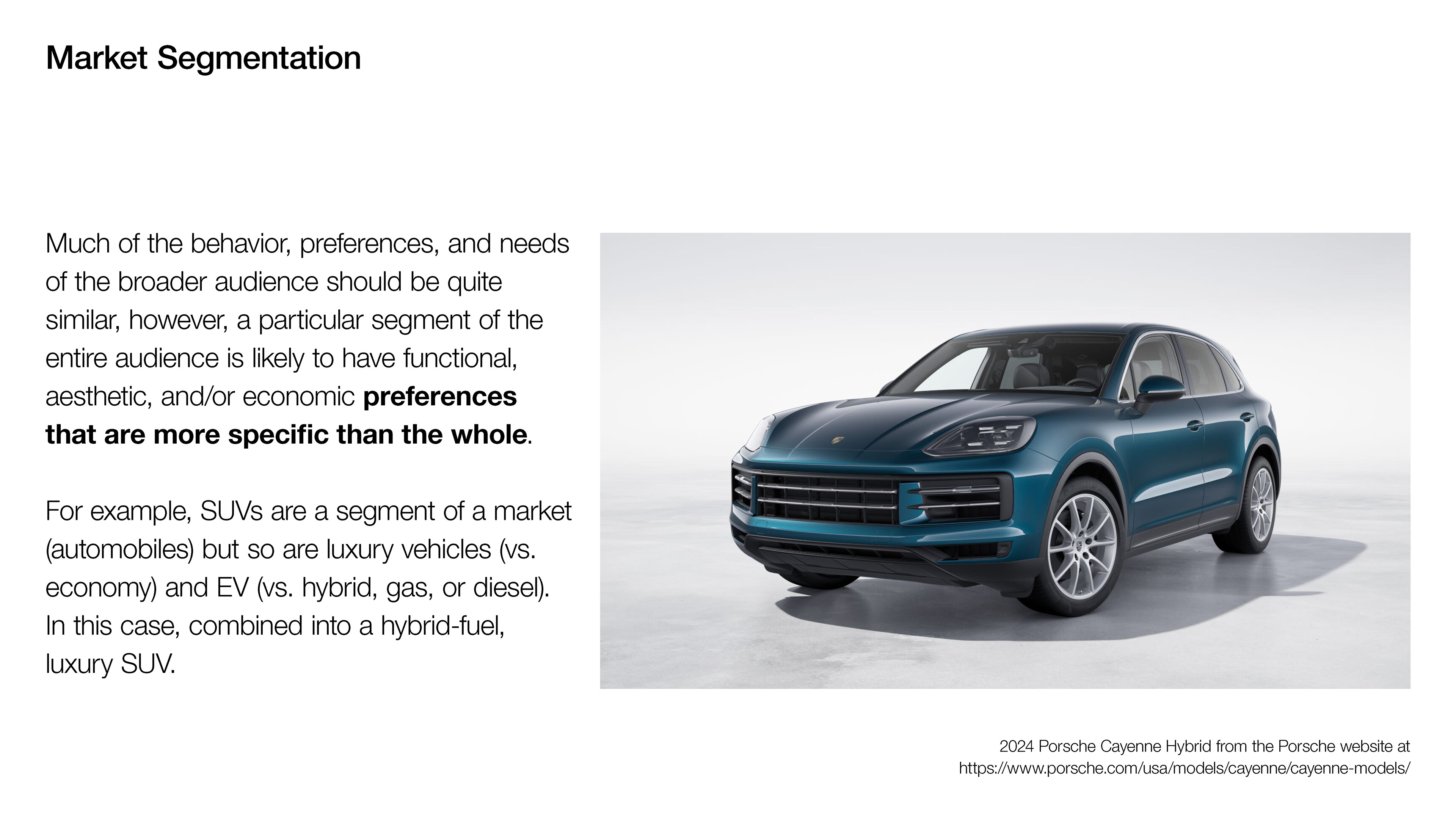
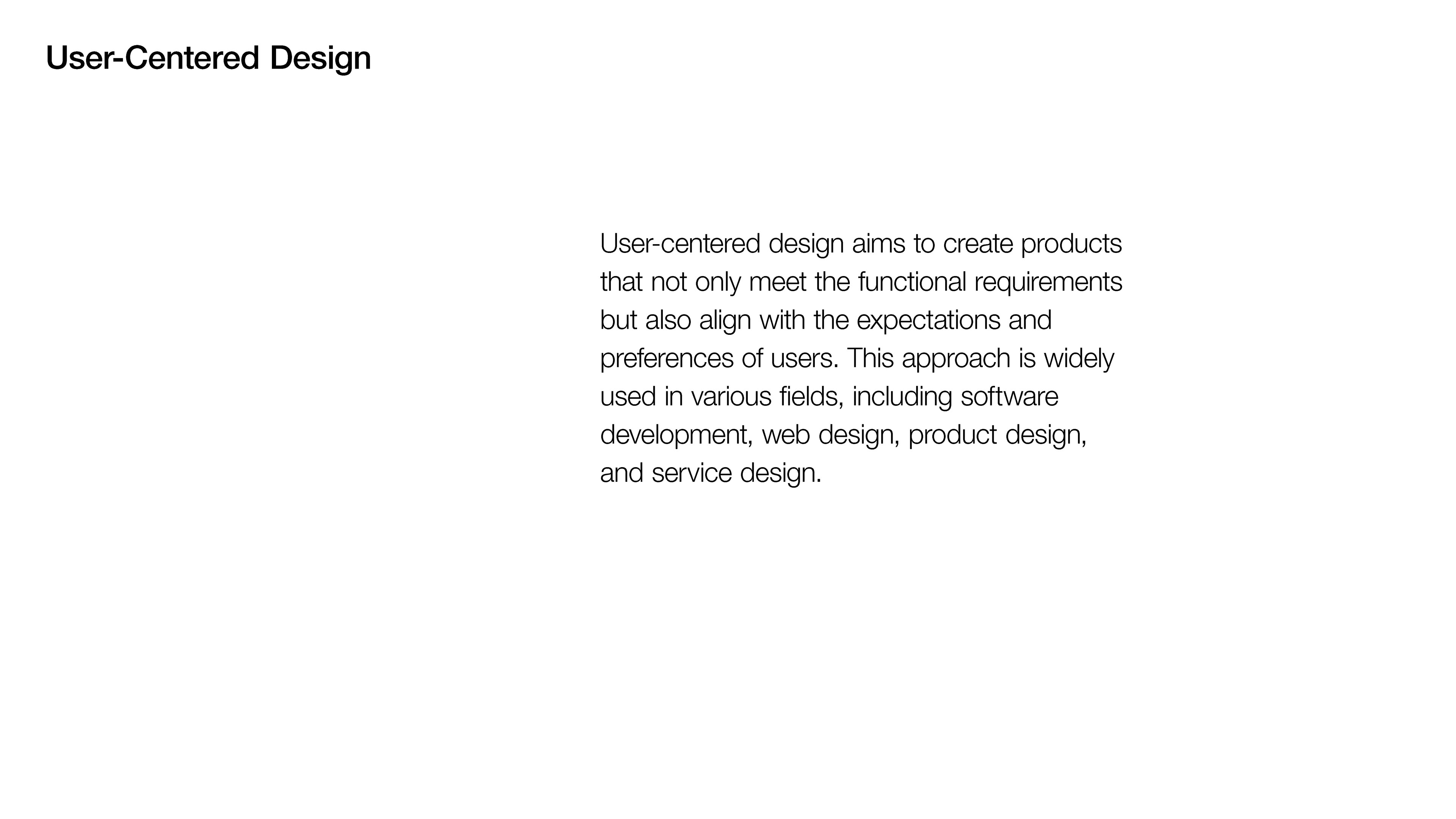


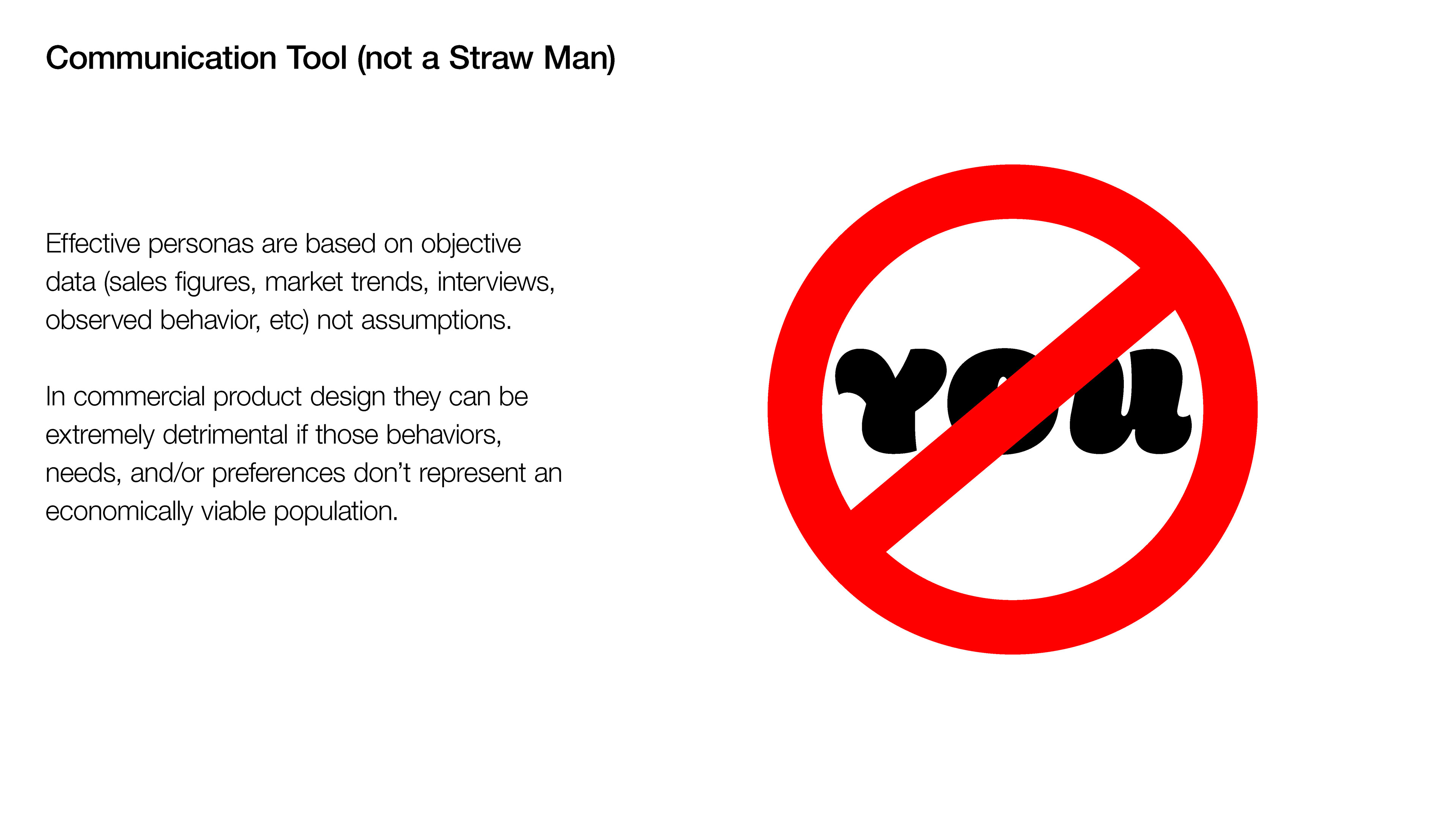

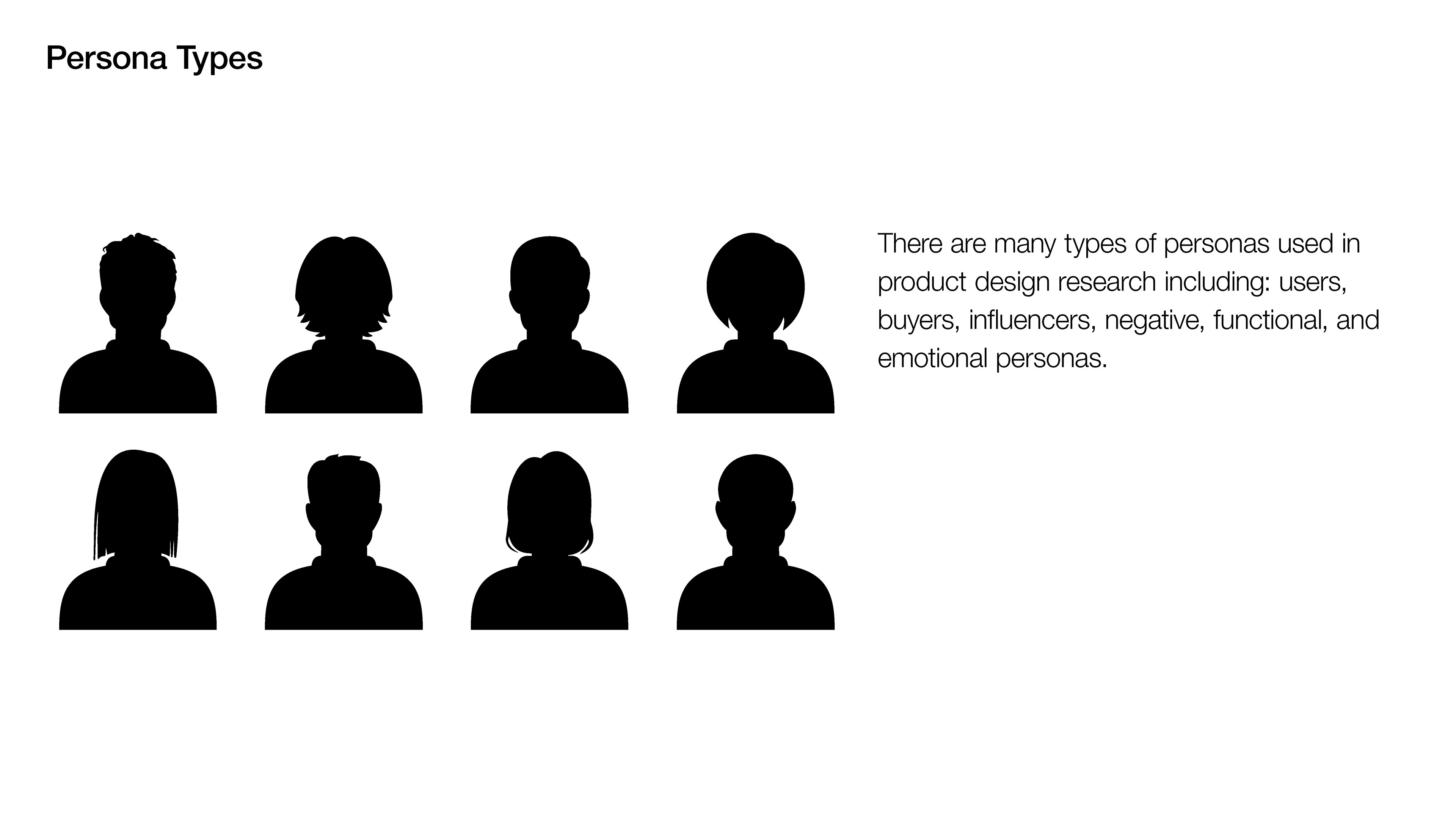

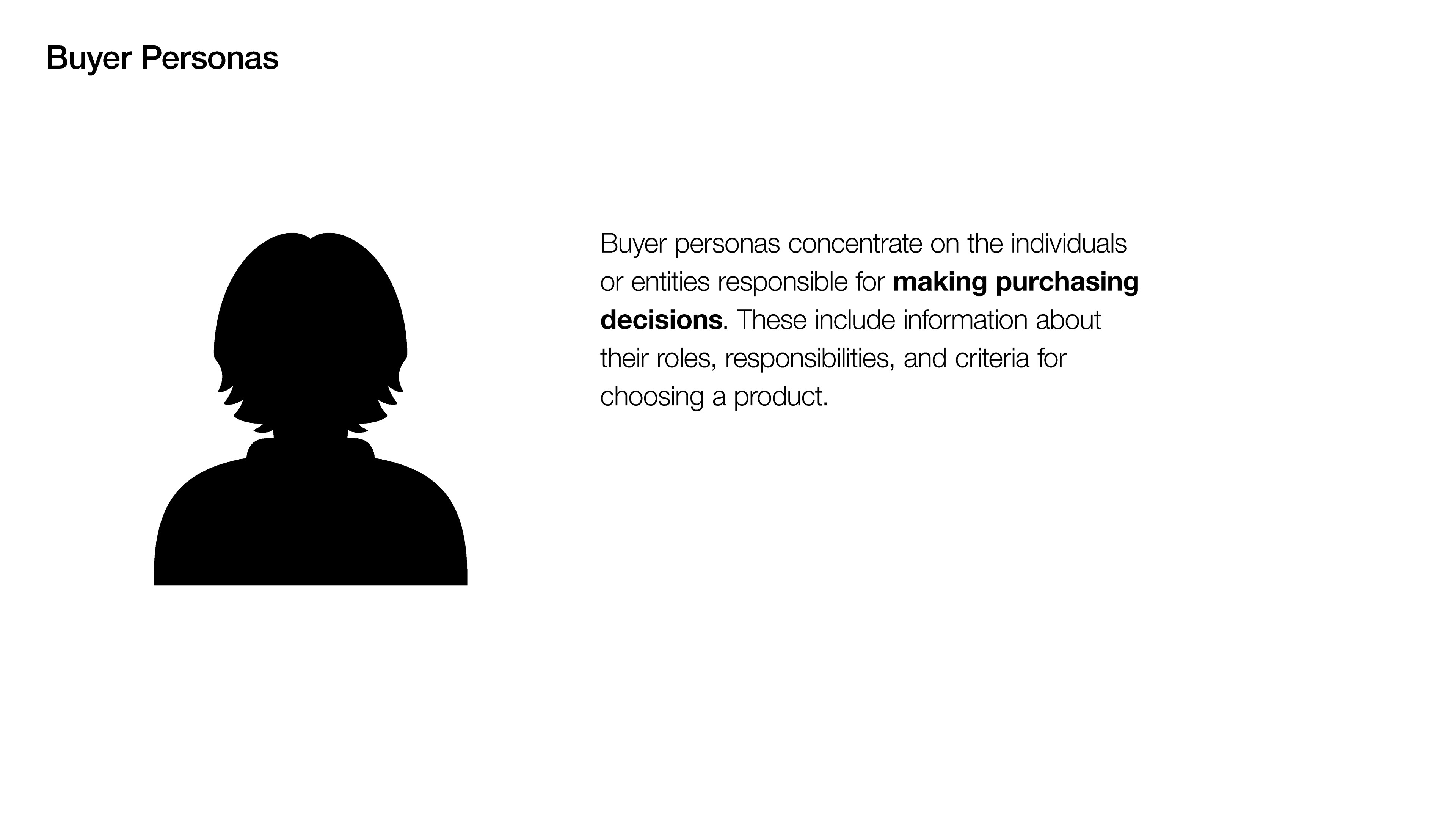

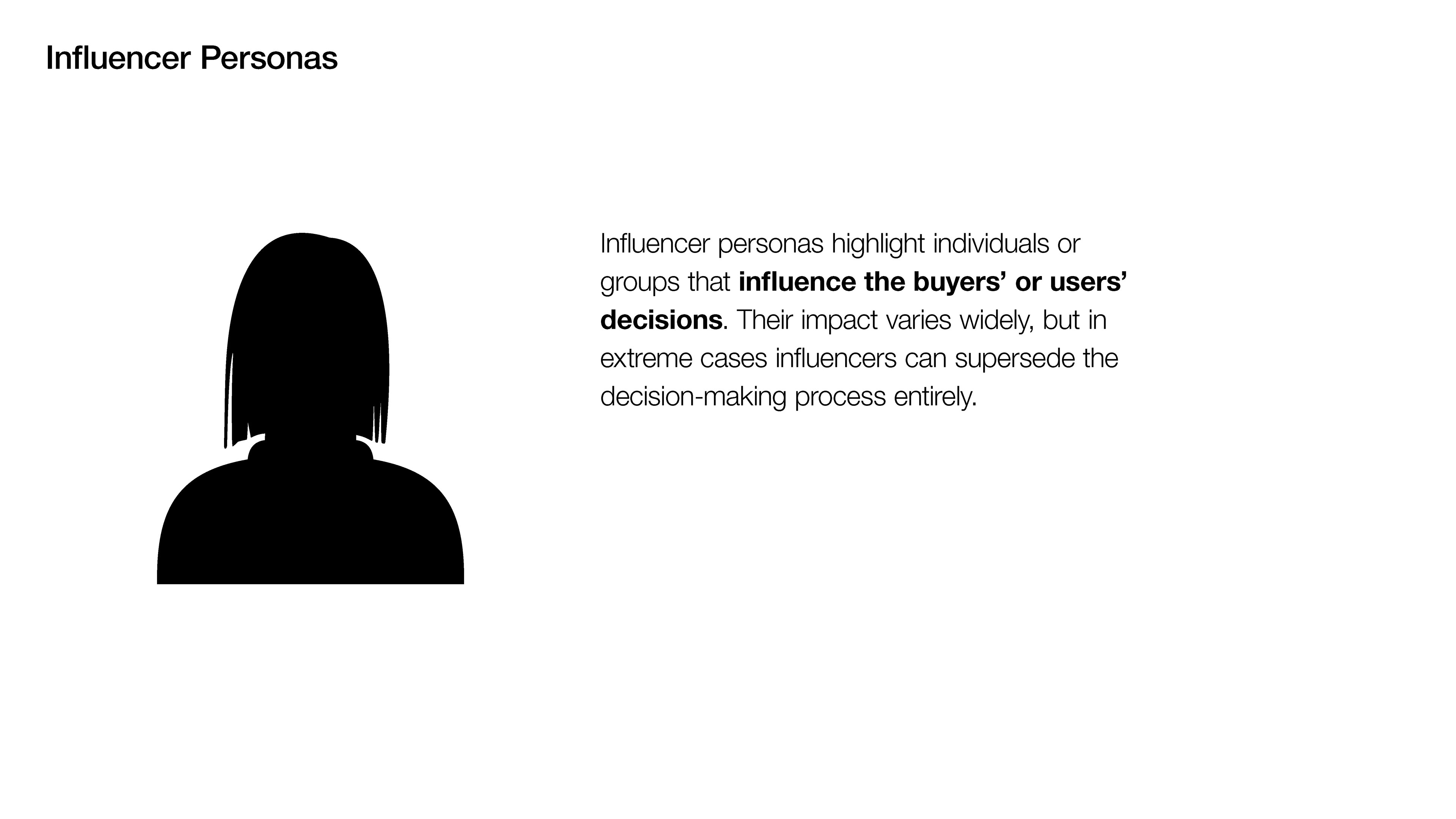
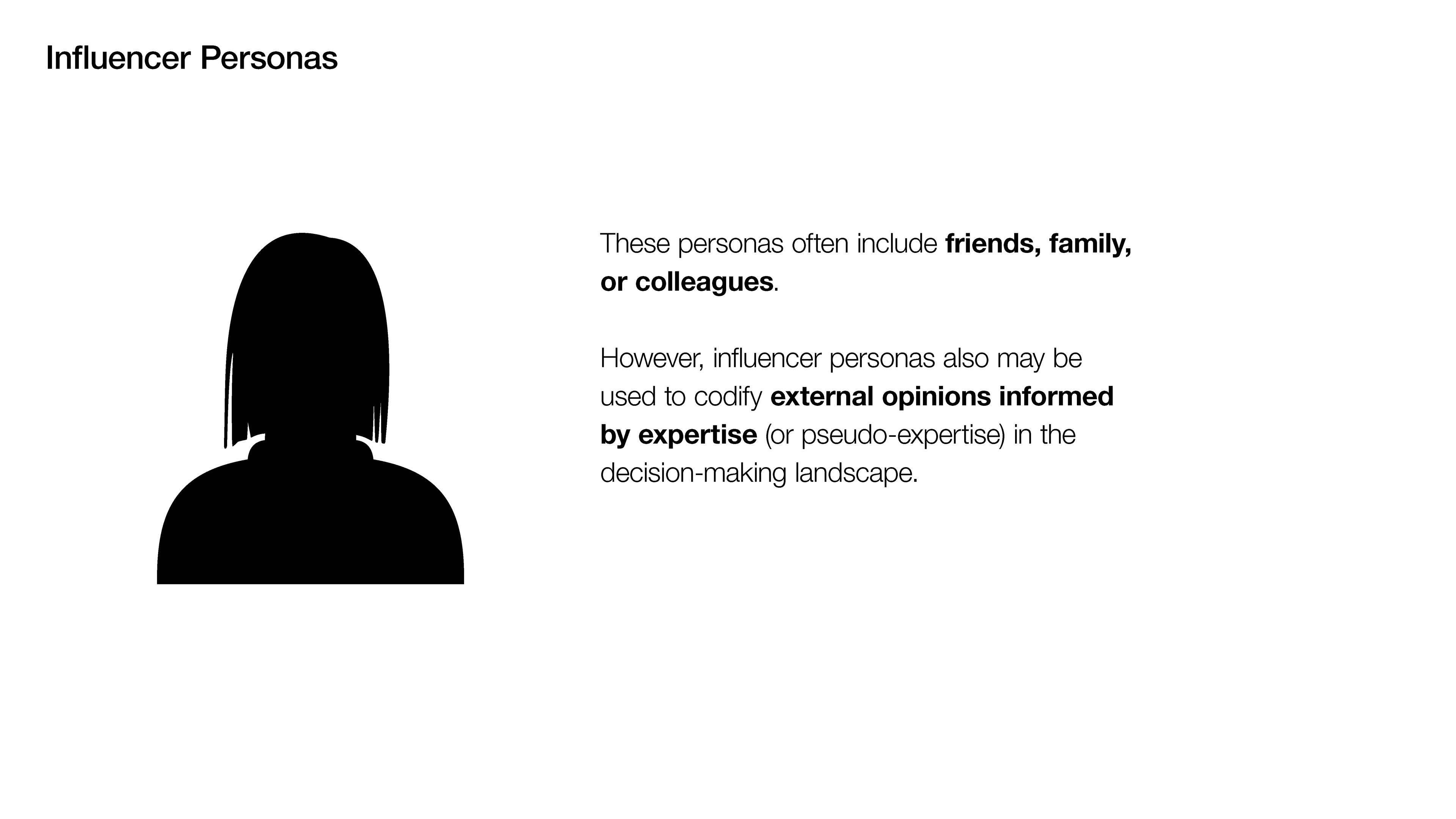
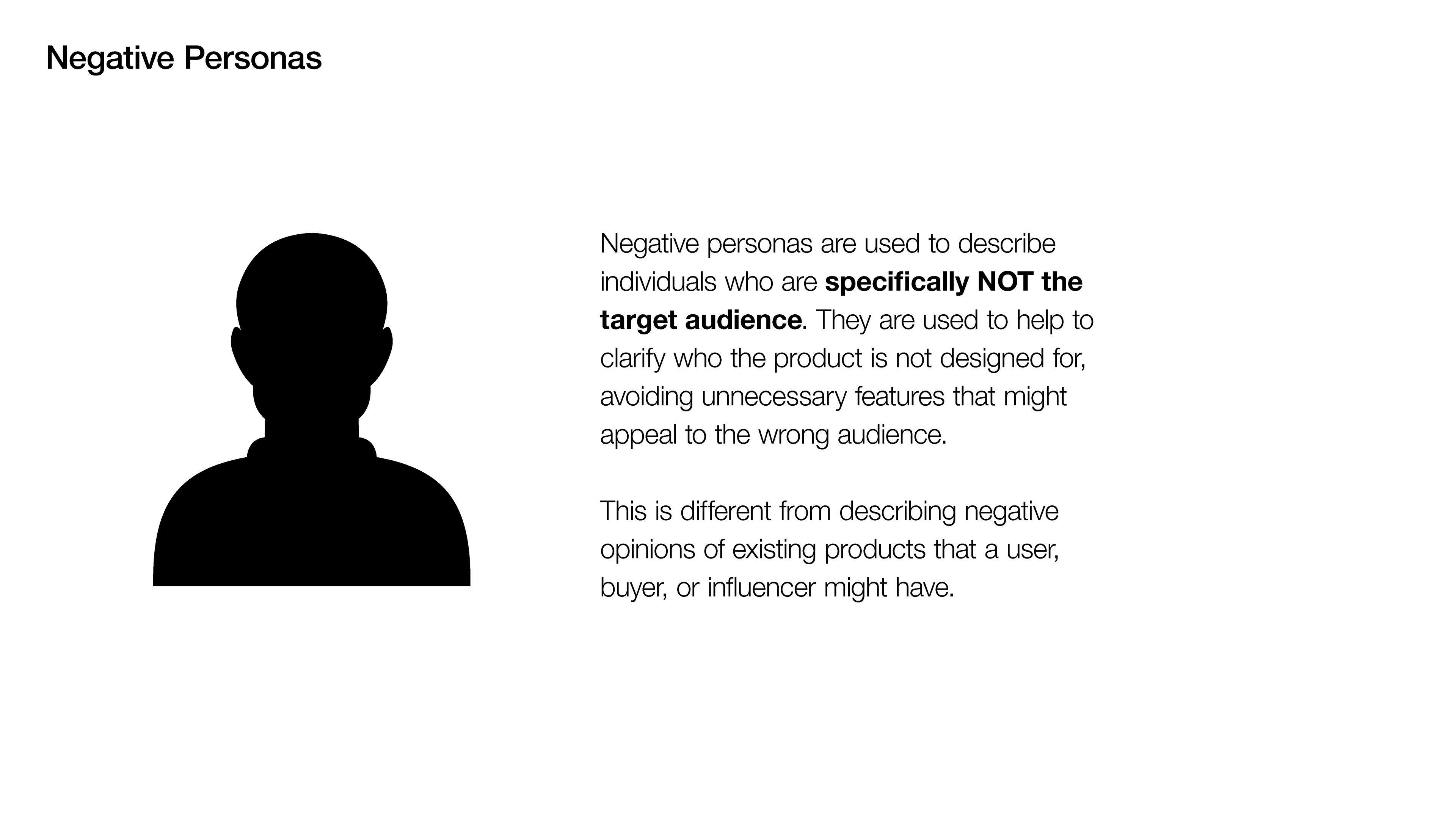
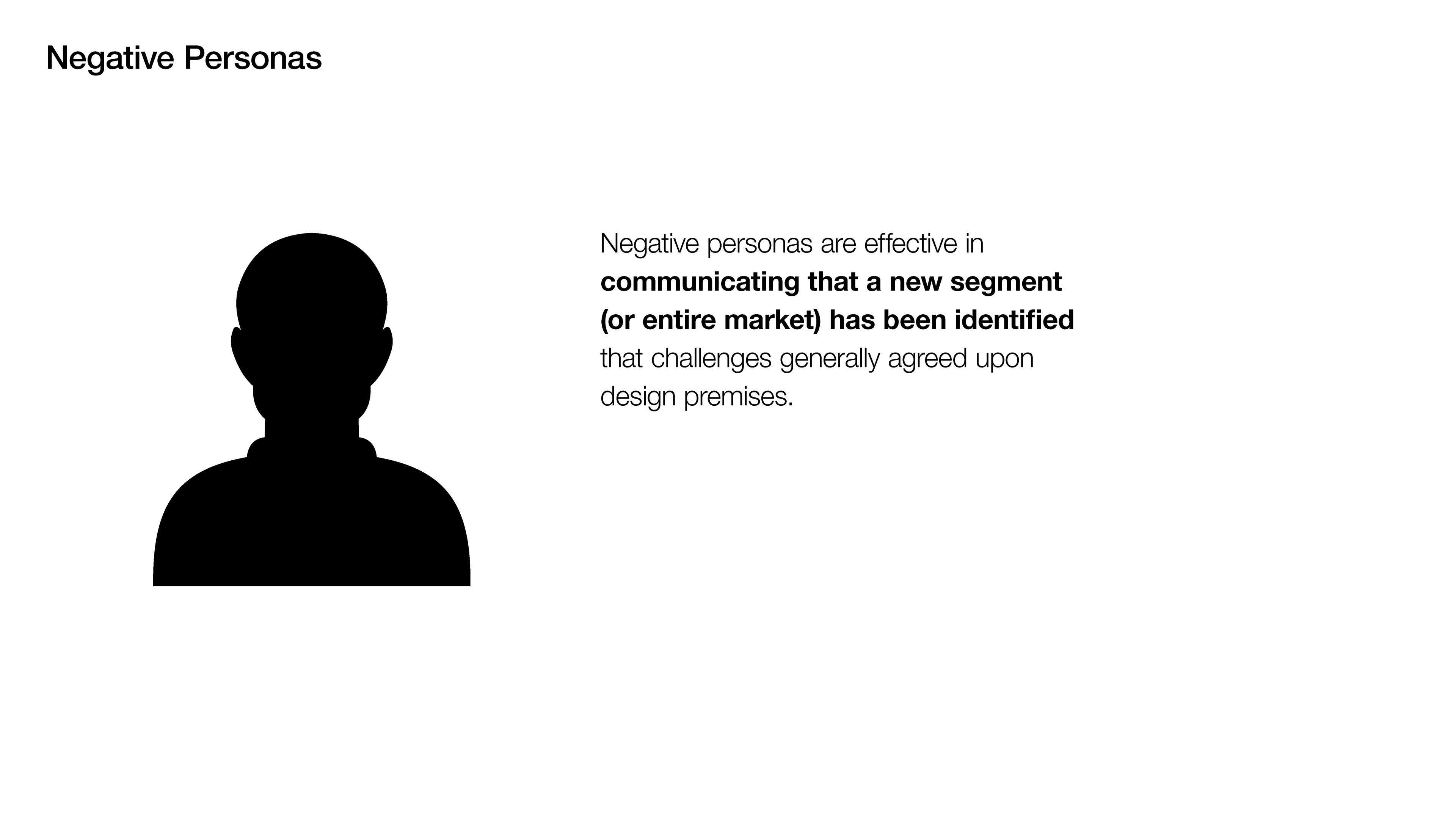
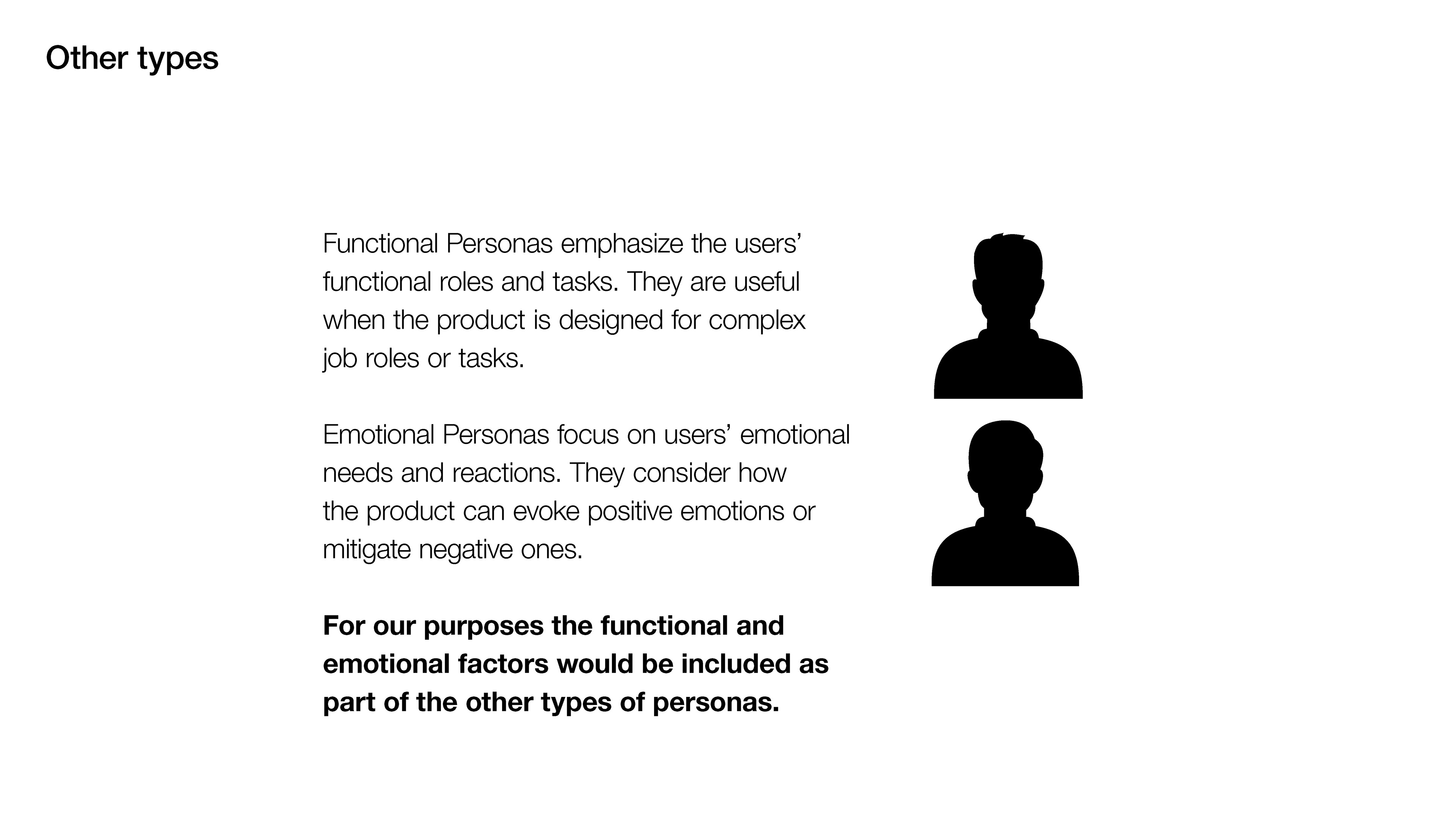
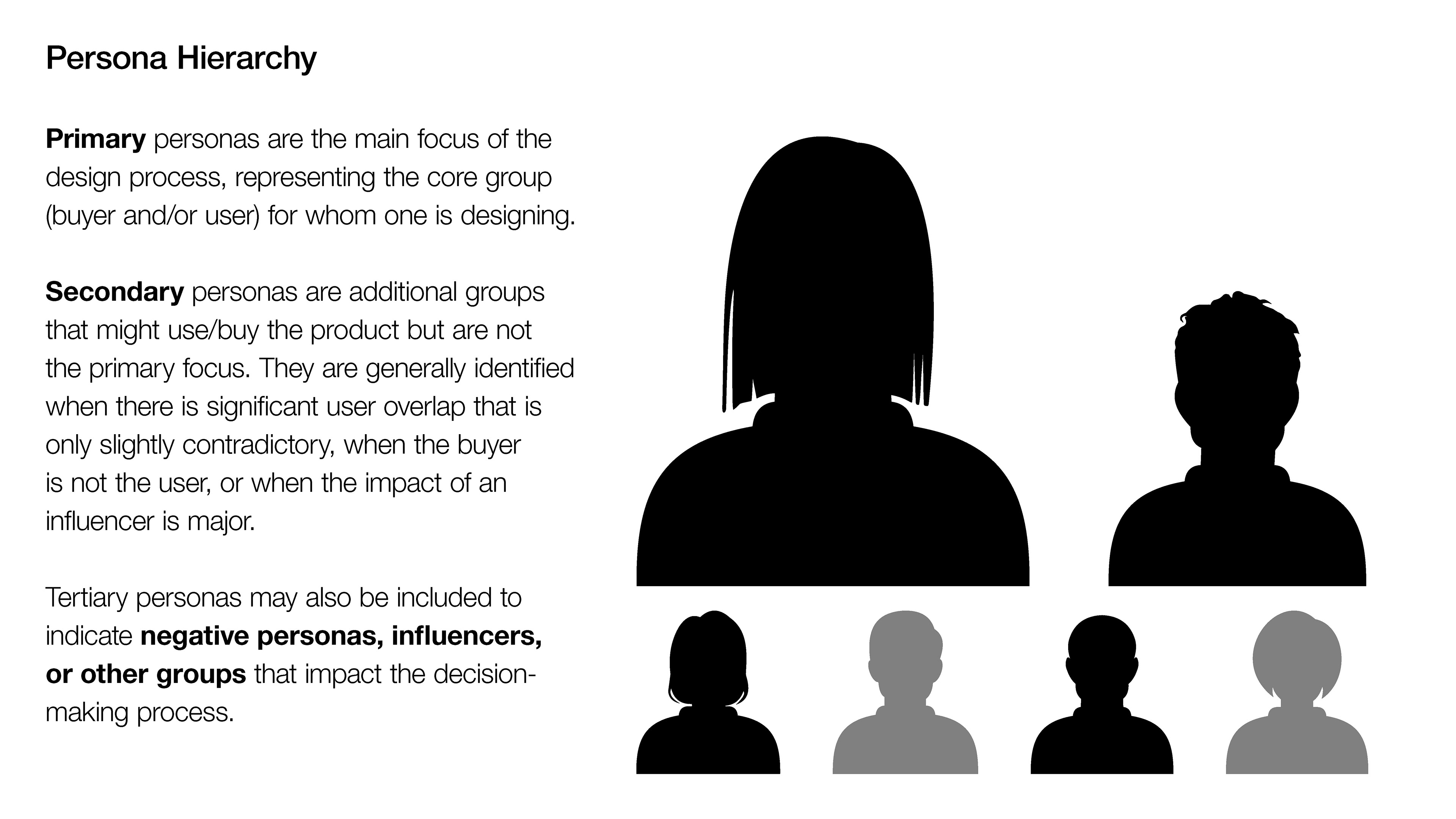


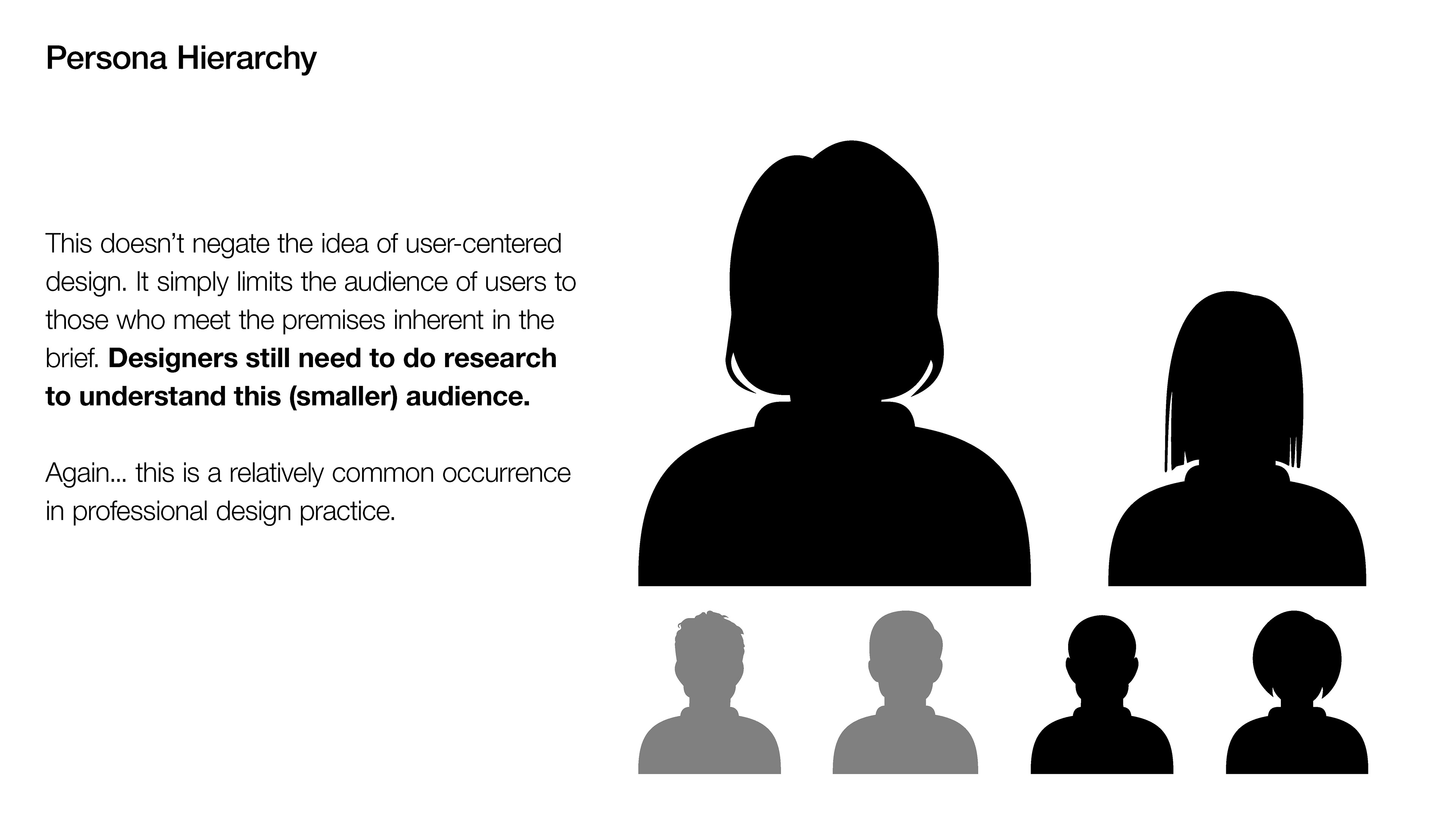
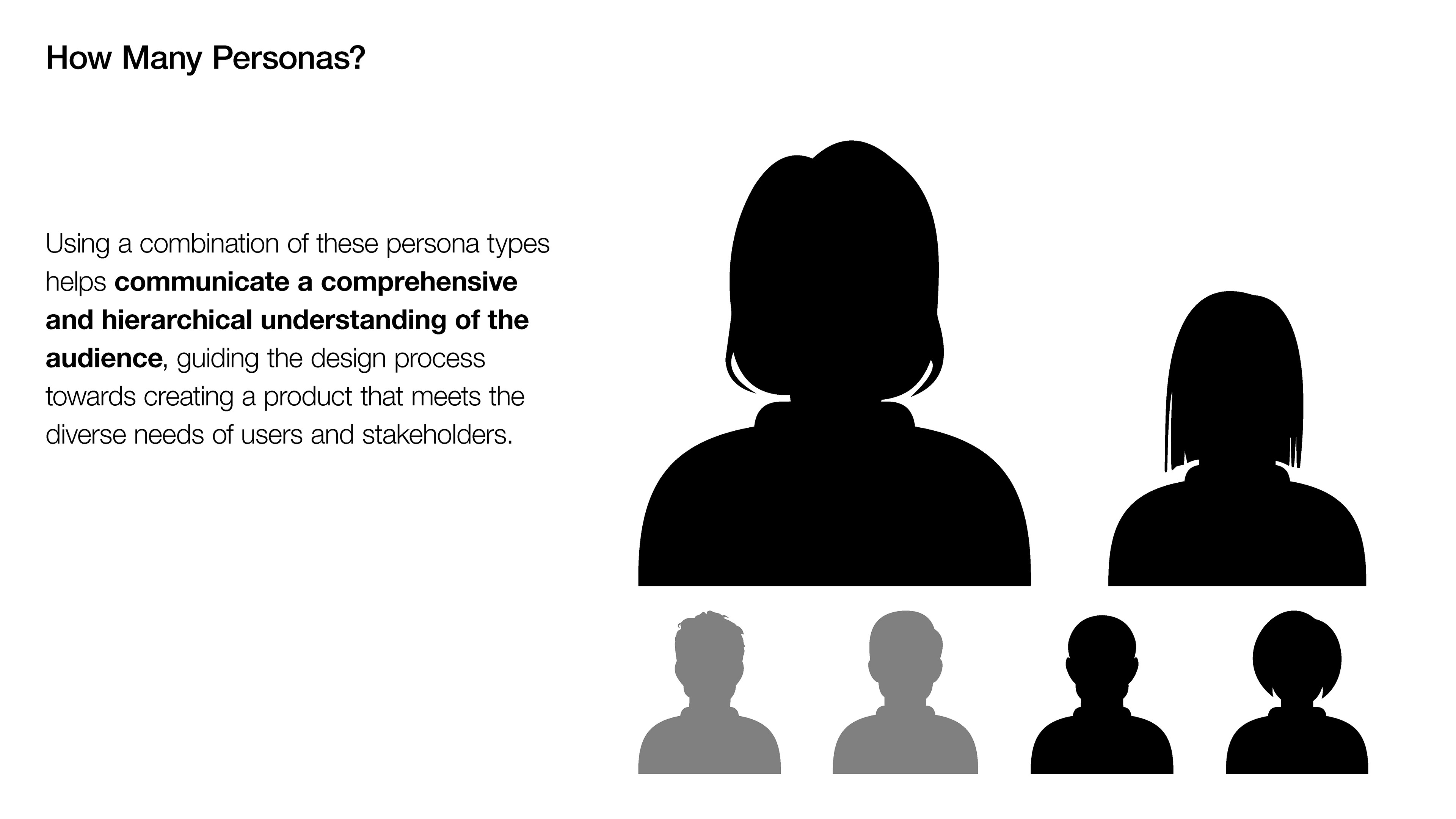
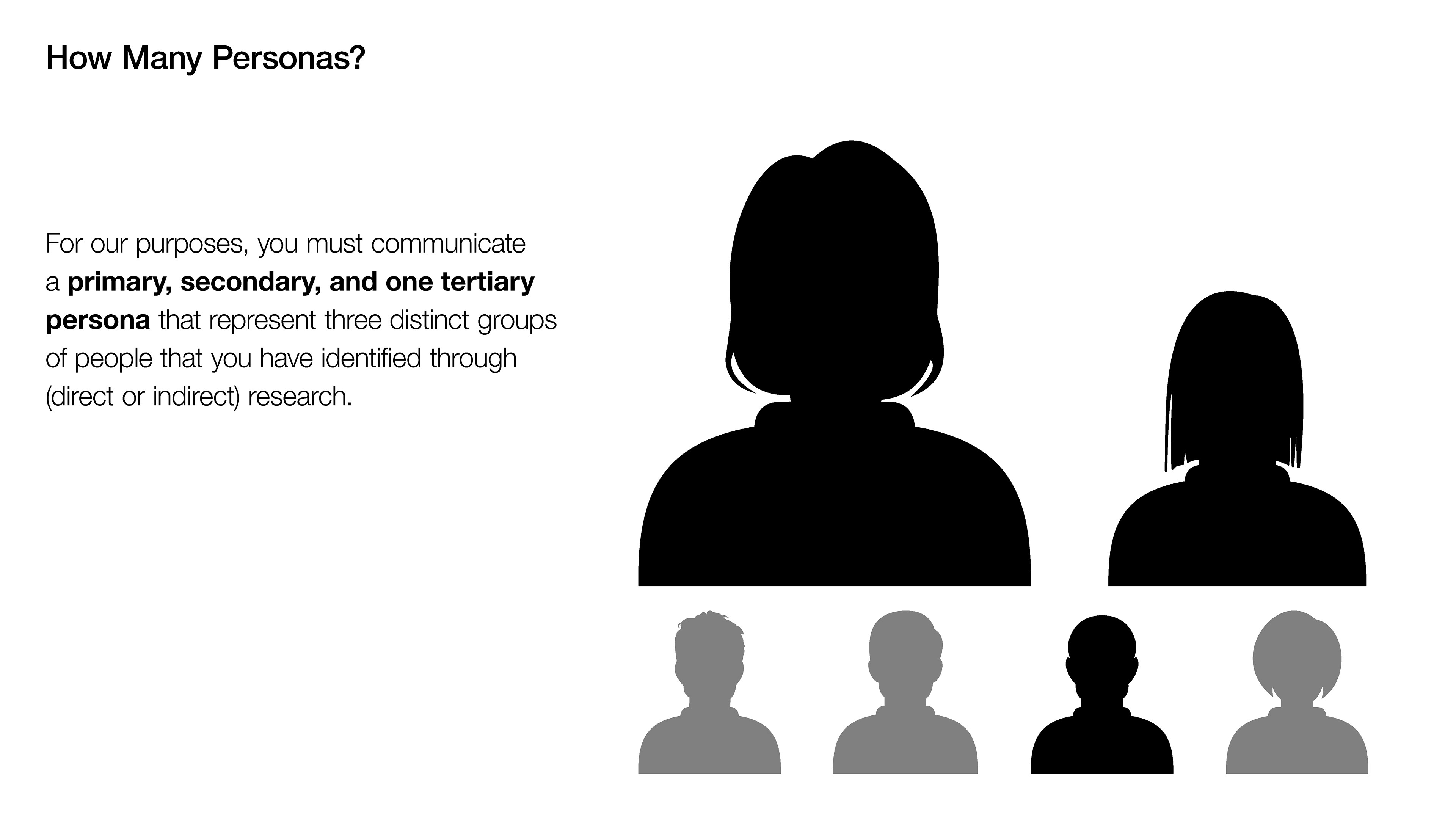
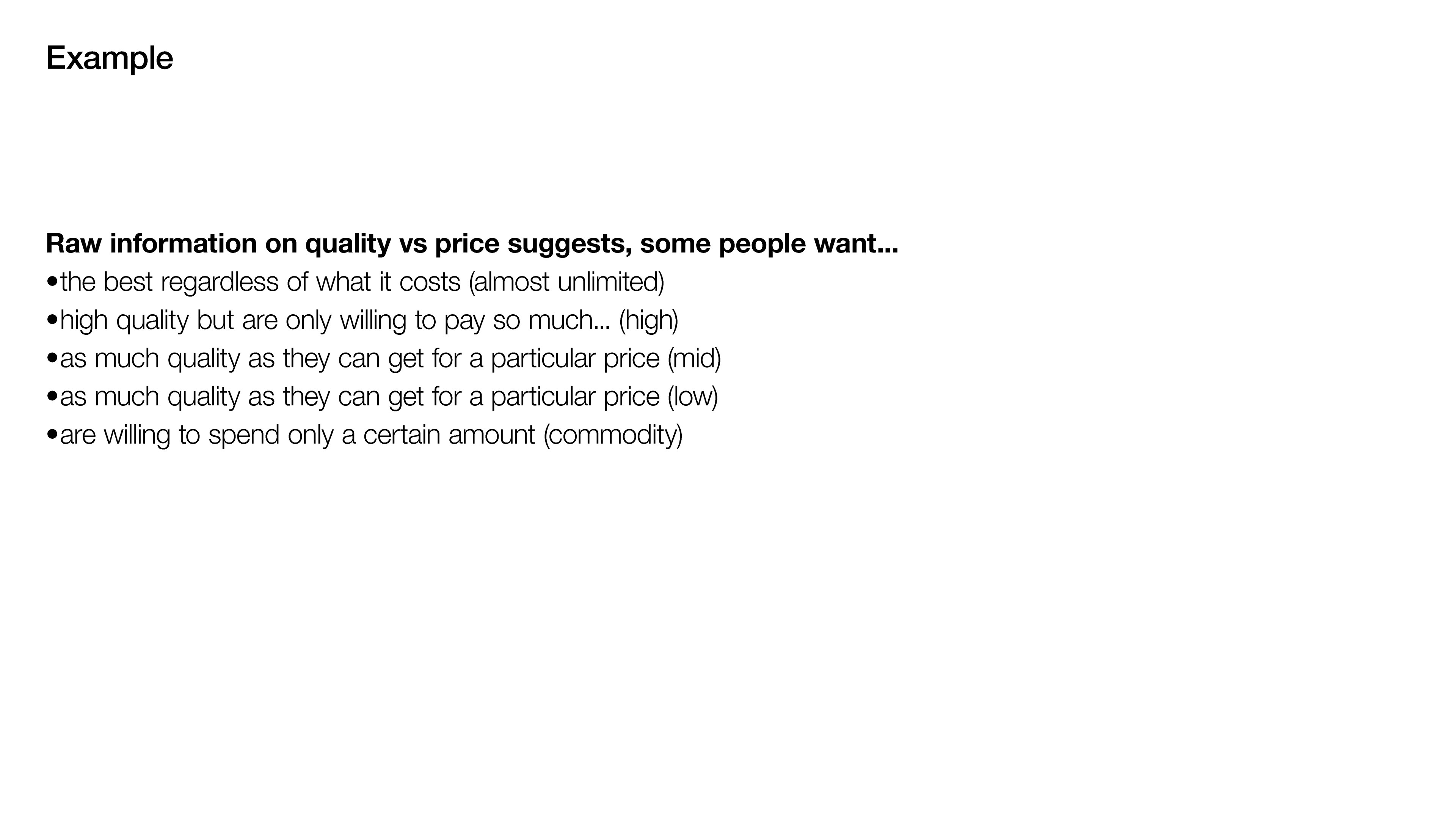


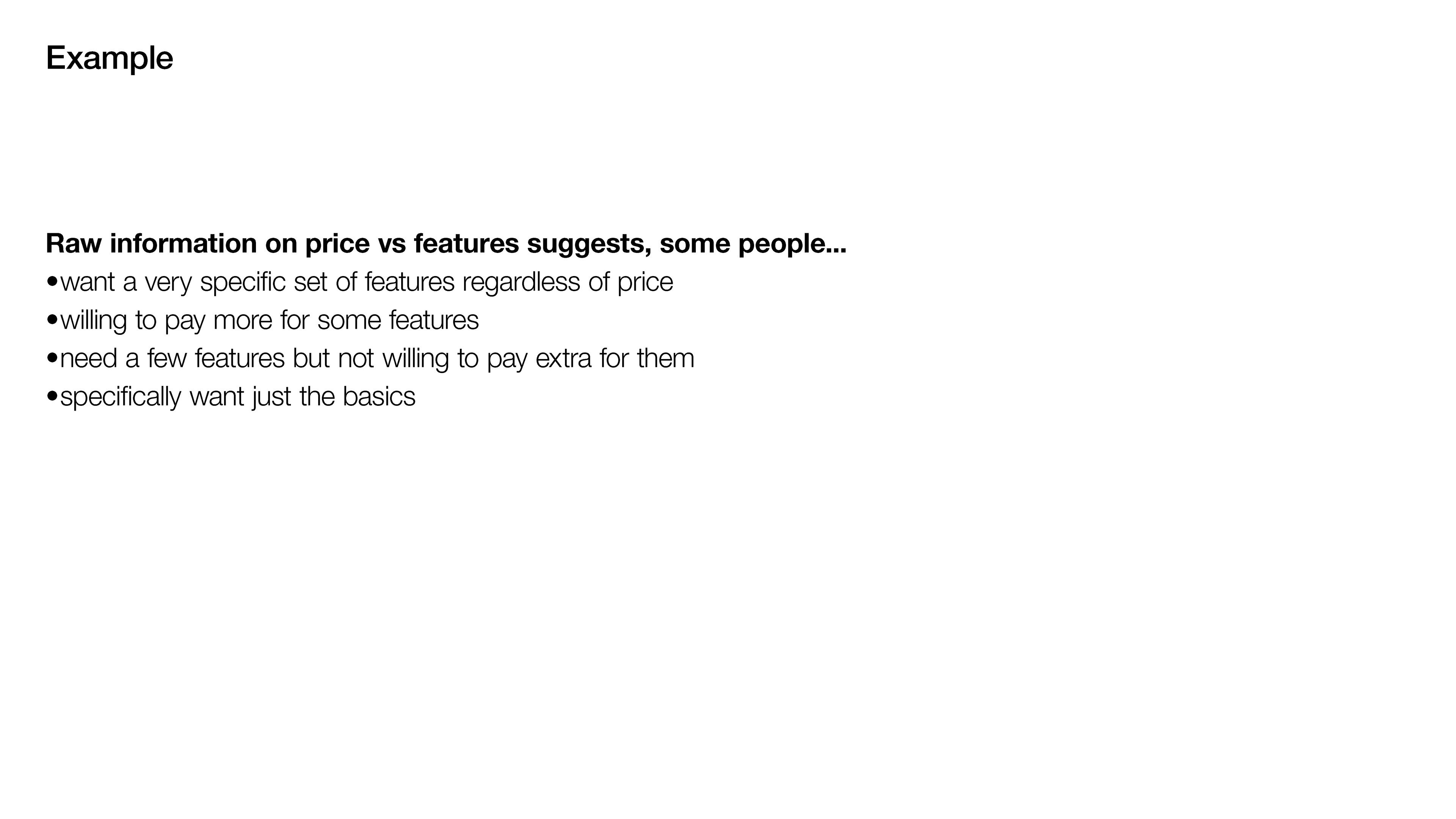

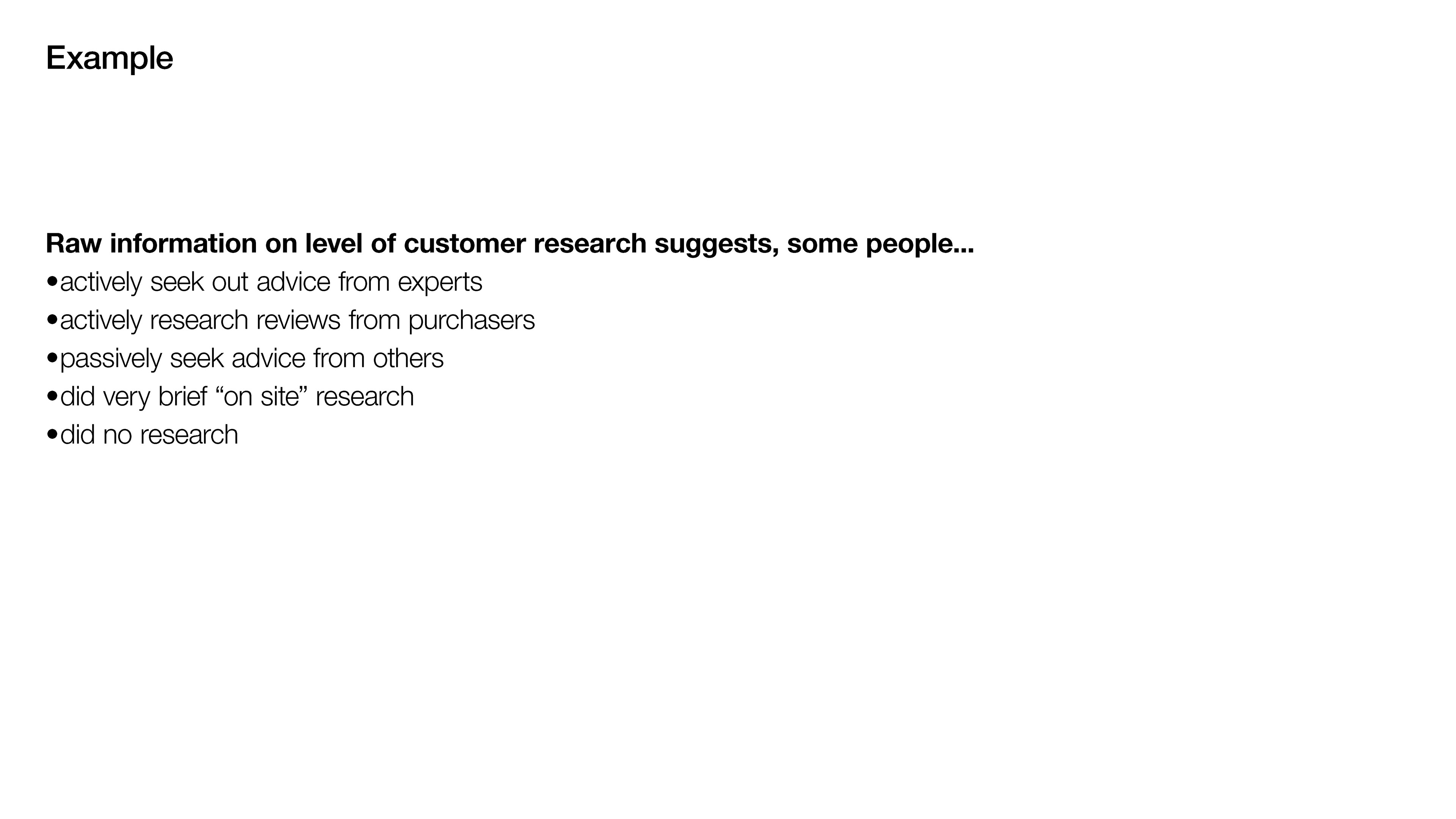
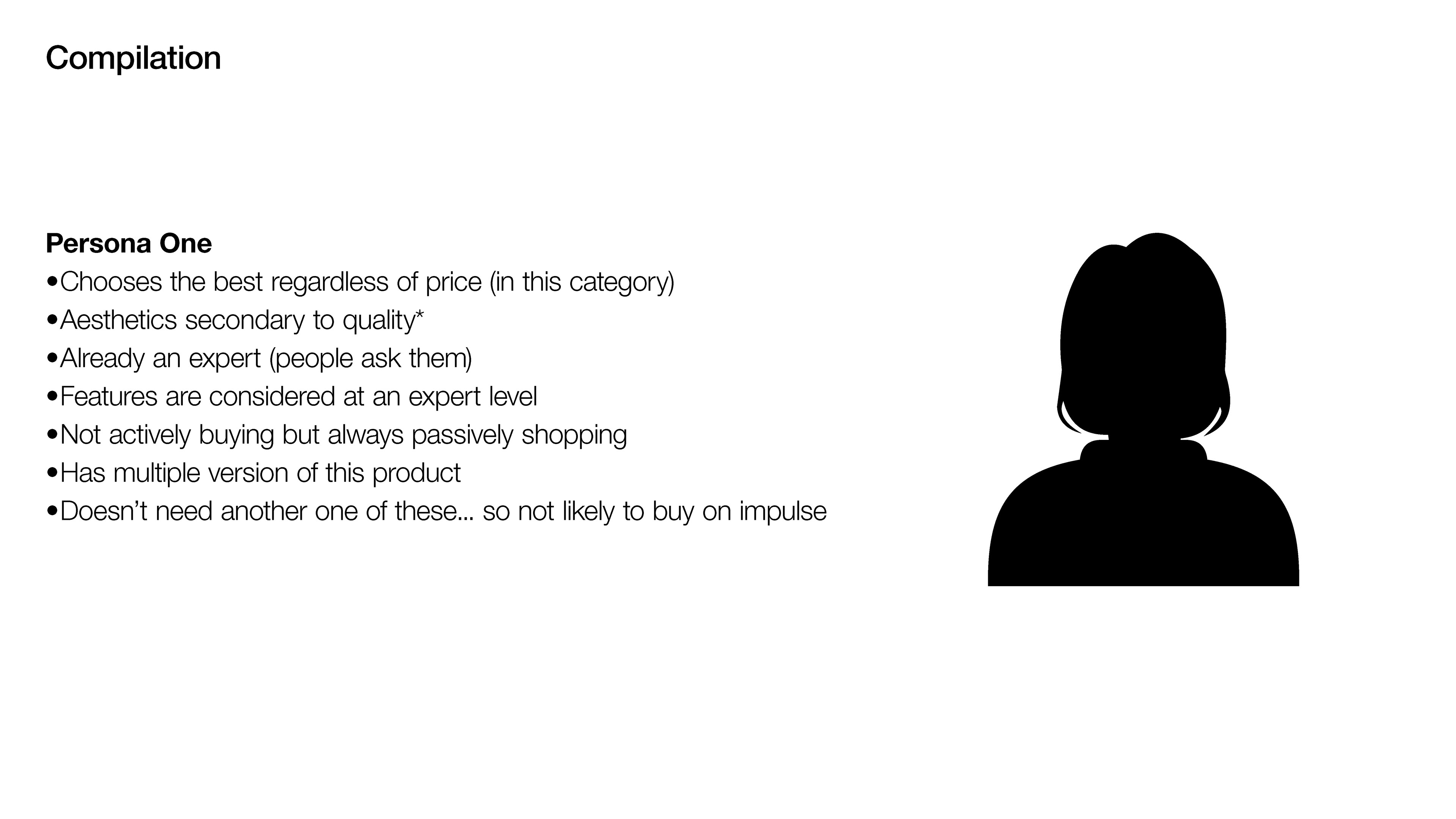

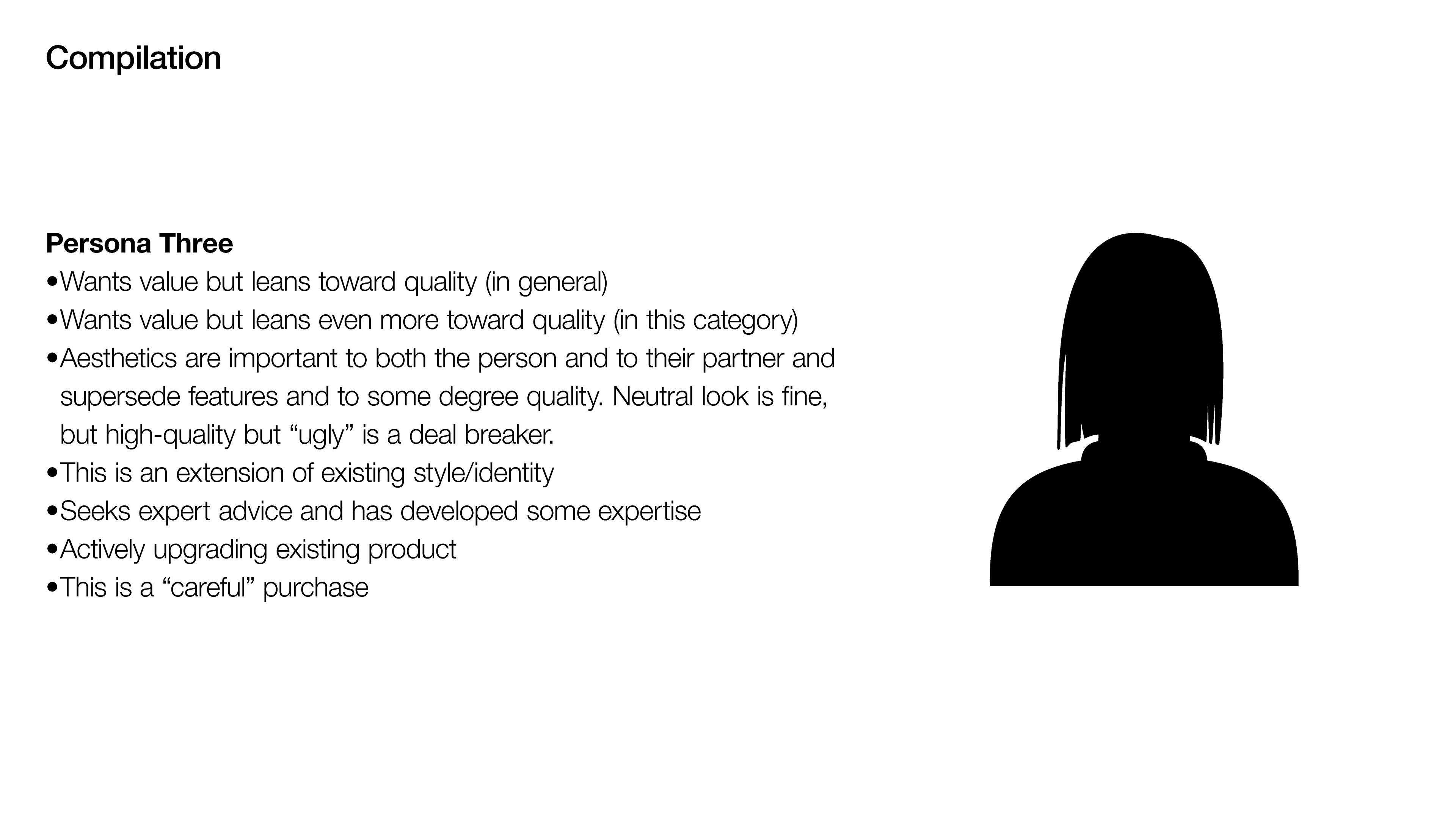


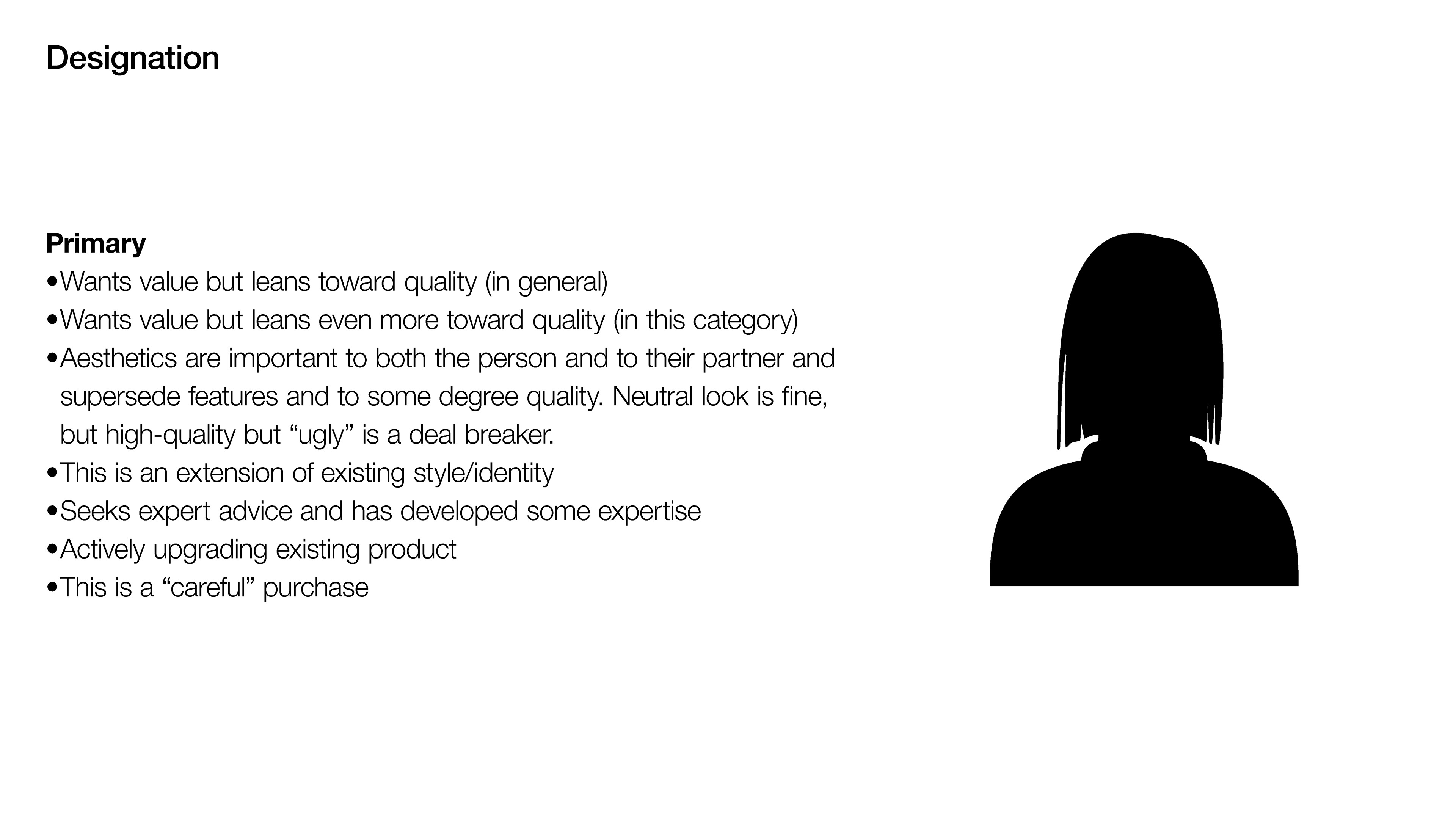



Personas (streamlined for presentation purposes)
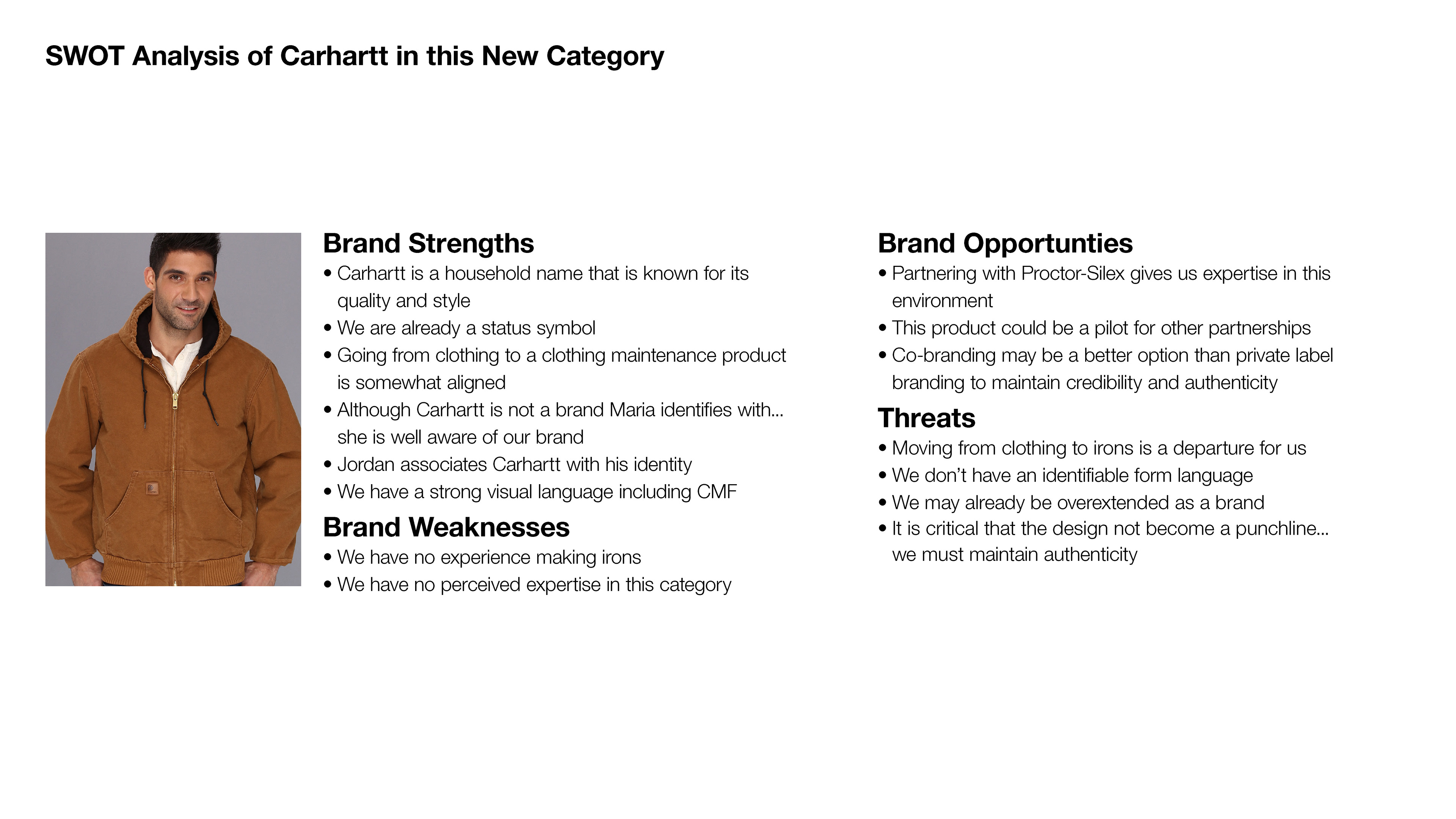
Brand Analysis (not language)
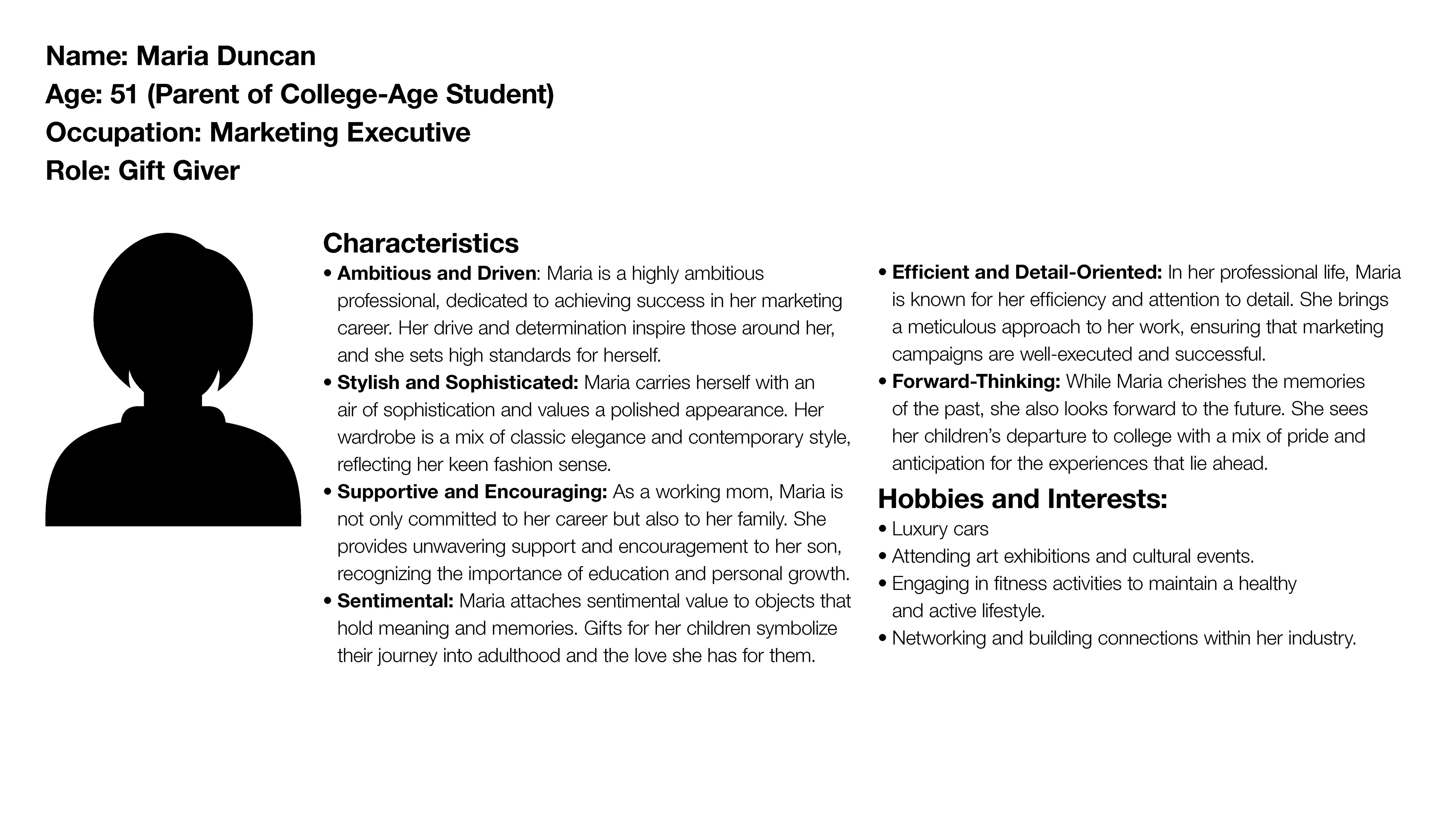
Buyer Research

Buyer Research

Gift Giver (secondary) Persona
